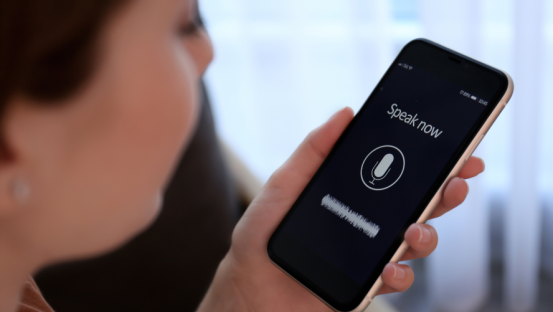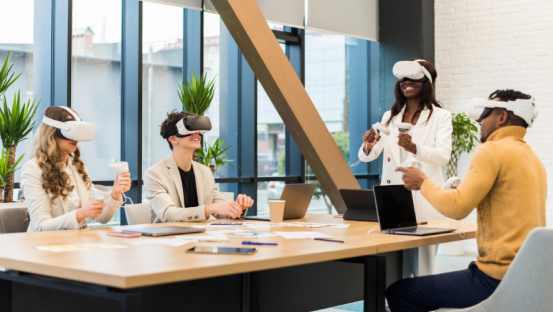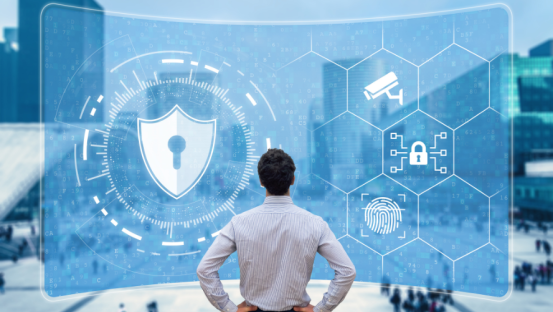How to Leverage Database Forensics for Speakers to Engage Audience

Database forensics, a subset of forensics, specializes in combining investigation techniques with advanced data analysis. Generally, it’s used in combating fraud by identifying and examining suspect database transactions. But, the data collected can also be utilized by speakers for improved audience engagement.
In fact, many businesses and organizations are also turning to database forensics as they seek to understand and connect with their target audience - the same works for speakers and event organizers.
Understanding Database Forensics
Database forensics looks for patterns, anomalies, and hidden relationships in data. Using a range of specialized tools and techniques, data is extracted, processed, and interpreted. The data comes from a variety of structured data repositories, including transactional databases and log files.
Speakers can enhance audience engagement by utilizing the services of database forensic service providers. That’s mainly because using database forensics reveals valuable information on:
-
A user’s activities
-
System events
-
Security breaches
-
Fraudulent activities
Database forensics can be adapted for use in marketing, mainly to analyze audience data. This can be used by speakers to tailor content for maximum engagement.
Understanding Your Audience through Data
The first step to leveraging database forensics is gathering and centralizing information on the audience. This audience database itself offers valuable insights, such as audience preferences, pain points, and expectations.
Once built, techniques like data mining and pattern recognition, which are generally used to investigate fraud to investigate fraud, can be used by speakers to keep the audience interested. The information might be on:
-
Its demographics
-
Interests
-
Past events attendance
-
Online behavior
Collecting and centralizing information on the target audience this way helps speakers identify trends and anomalies, and discover hidden connections that can be exploited to better tailor the content.
Crafting a Personalized Experience
By using the insights provided by forensically analyzed audience data, it’s possible for speakers to improve presentations and create a highly personalized experience. It could involve:
-
Tailored content: Tailored content resonates well with audiences because it reflects their world. It takes many forms, including presentation materials or case studies that match the interests and backgrounds of the audience. For instance, it may use industry-specific terminology, references or jargon.
-
Interactive elements: Knowing the audience through data and insights is useful when designing interactive elements. These may be polls, Q&A sessions or quizzes designed to prolong engagement. It produces real-time data, and this can still be used to refine the approach further.
-
Targeted storytelling: This practice establishes an emotional connection with the audience. With database forensics, narratives and anecdotes can be created to be relatable and compelling. An emotional connection makes brands and their message more memorable.
-
Customized visuals: These include infographics, charts, and interactive dashboards. They help illustrate key points and reinforce the message.
Continuous Improvement Through Data Analysis
Data forensics can be used to analyze audience engagement during and after an event. It involves analyzing data on reactions, questions, and feedback. It’s a valuable resource for refining and adapting marketing strategies. Techniques include sentiment analysis and natural language processing. These can help establish the true level of emotional resonance elicited by the content.
Endnote
By leveraging database forensics, speakers can gain a deeper understanding of their audience. It’s the knowledge that enables them to craft effective personalized strategies. With this data-driven approach, content is continuously optimized to remain impactful and engaging.





